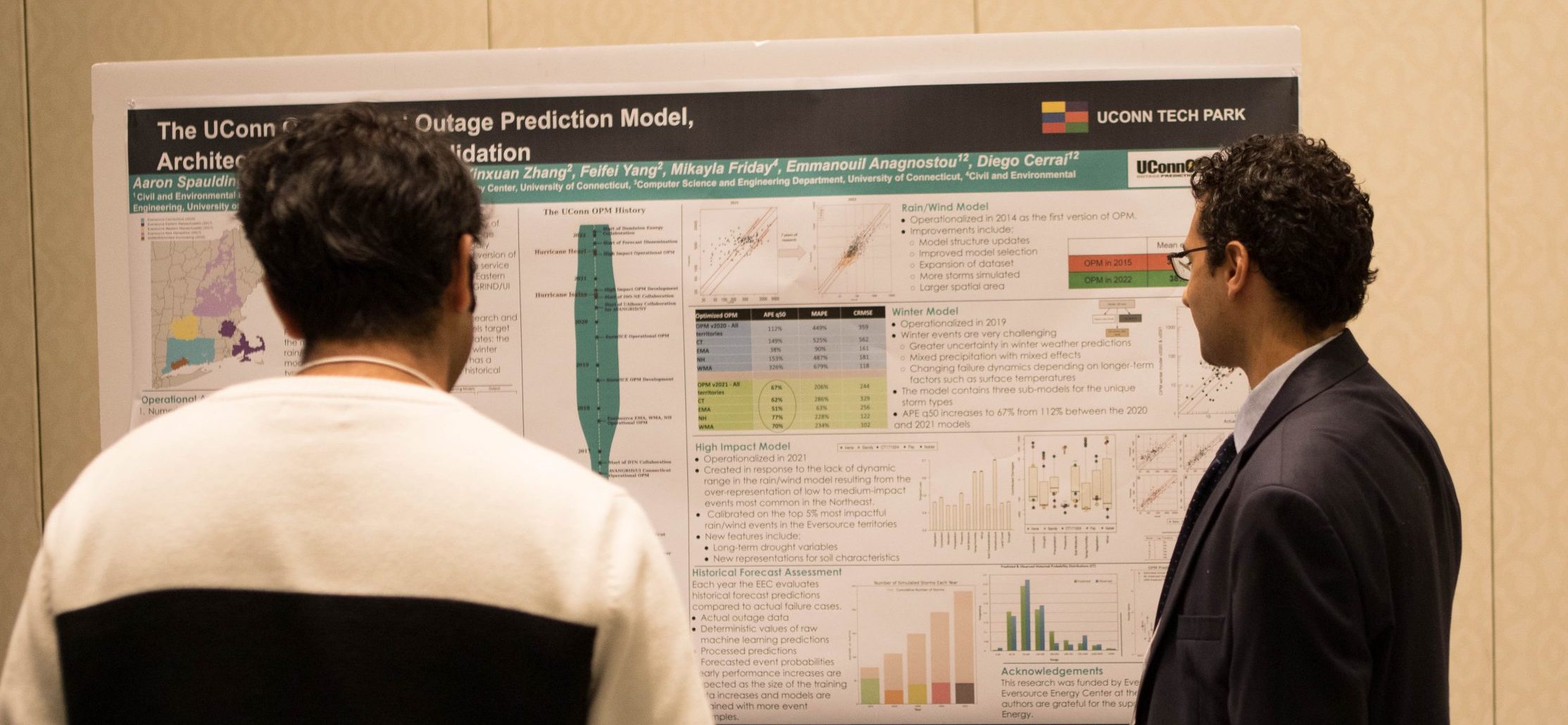We believe that there are three pillars which are the foundation to resilient and sustainable solutions and that they are all interconnected. CLEAN EARTH takes a synergetic and interdisciplinary approach that combines climates/extremes, policy/decision-making, social/cultural and physical/technical factors.

People, Place & Policy
High energy prices and climate change concerns have led to an increased interest in distributed renewable energy generation around the world. In the last decade, steep cost declines in PV panels combined with government tax incentives, have made residential solar a feasible method of building energy system resiliency. Yet, rooftop PV penetration levels remain far below their potential. There are also significant social equity concerns regarding the uptake of residential PV systems (as well as other investments that can reduce household energy costs). Many communities are excluded from the solar revolution because they lack access to capital and face various informational and structural barriers that are a legacy of past policies. In some cases, low home ownership rates and housing values limit the incentives to market solar systems or improve energy efficiency in underserved areas even though the social returns to investments in these locations are the same as they are in better served communities. It is likely that market imperfections that limit equitable solar PV uptake can be addressed by further policy changes at the utility, local and state levels.
Objectives:
We have 3 main objectives:
- Investigate the patterns of solar rooftop PV diffusion in the state of CT, identify communities where adoption has been limited and explore the socioeconomic, spatial, physical, political and policy factors that can explain the variation across the state
- Conduct in-depth case analysis and comparison to better understand the reasons that lead to the exclusion of various communities from the solar diffusion
- Make policy recommendations to help CT towns increase solar PV uptake in equitable ways
Physical & Technical
This research pillar will use data generated from the climate, policy, and social pillars to develop grid modernization technologies that enhance the reliability and resiliency of the cyber-physical power system under future climate extremes, increased penetration of renewable energy and decarbonization pathways. The key techniques include: 1) assessing the current strength of the system under various climate change scenarios, 2) evaluating the resilience of the future electric grid, characterized by high penetration of variable renewable energy resources, the presence of clean storage technologies and microgrids, to extreme weather conditions and 3) improving visibility, analytics, and controls to achieve economic integration of future renewable energy and DERs and ensure maximum utilization of them for grid reliability and resiliency.
Climate & Extremes
Resilience and reliability of renewable energy systems are vulnerable to climate change and extremes. Climate hazards can cause a sharp increase of energy demand and an abrupt reduction of production or even physical damage of energy infrastructure.
There is a strong need for climate downscaling products that specifically serve the energy sector in urbanized regions such as the US Northeast.
We develop specialized climate products that prioritize energy-relevant variables (e.g., direct and diffuse radiation, wind speed up to wind turbine height, cloudiness, cold spells, heatwaves). We assess future changes of energy-relevant variables and uncertainties based on downscaled projections from CMIP6 Earth System Models and sample uncertainties across different climate models and different shared socio-economic pathways (SSP).
Our assessment of weather extremes in a future climate will inform the development of impact models for power systems, and optimal integration of renewables in the power grid.